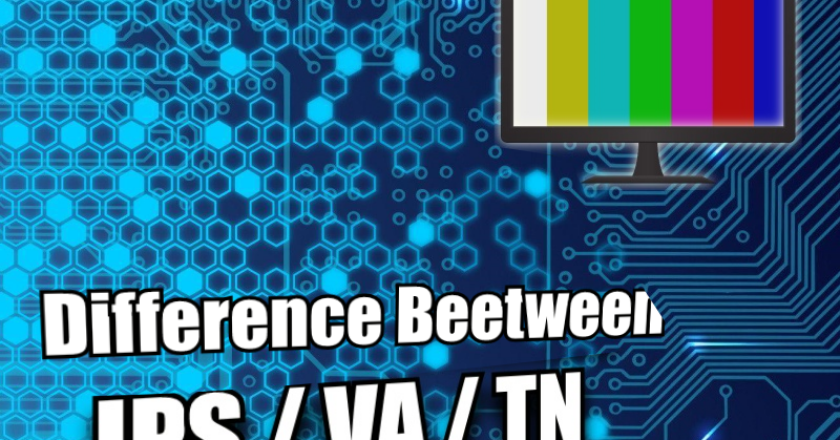
When you see this article, maybe you are curious when you see the specifications of the screen panel, be it IPS TN or VA. All of them are useful for displaying visuals but there are differences in the characteristics of each panel. Ok, I don’t have to explain at length I will explain the comparison per panel both of the disadvantages and advantages of each panel. We start with the first panel and the one with the most demand:
- Panel IPS (In Plane Switching)
Yep, it’s true that IPS panels for now are indeed in great demand because they have better color reproduction than TN and VA. In addition, the IPS panel has the widest viewing angle compared to other panels. Even so, it does not mean that IPS does not have any drawbacks, IPS Panels generally have a response time slower than TN but faster than VA. For the refresh rate of the IPS Panel, in my opinion, it can be said that it can almost match other panels even though it cannot be as fast as VA or TN (for now). But that doesn’t mean it can’t be fixed, for modern monitors today it seems to have started to be slightly resolved with the latest technology (the name of the technology is differently for each manufacturer) thus making IPS more in demand for now when I created this article.
- Panel TN (Twisted Nematic)
Superior refresh rate & response time is an advantage of the TN panel. Yep, TN panels could produce refresh rates of up to 280hz when this article was created and could probably be more than this in the future (165hz IPS panels and 240hz VA). The TN panel also has the least motion blur compared to other panels, making the TN panel suitable for competitive gamers who need quick reflexes. Even so, TN panels also have shortcomings, is had the the worst color reproduction compared to other panels and even so it does not mean that this cannot be resolved, it is possible that in the future there is technology that can overcome this issue.
- Panel VA (Vertical Alignment)
Next is the VA panel which I think is an all rounded version of the two panels above. VA panels have good color reproduction although not as good as IPS even so VA panels have the best Contrast Ratio compared to other panels. Furthermore, the VA Panel can achieve a fairly amazing refresh rate as well even though it is not as fast as the TN Panel. In addition, VA has viewing angle beetween IPS and TN which makes it better than the TN panel. Even so, the VA panel also has a drawback, the worse response time than other panels and even so, it does not mean that this shortcoming cannot be resolved. It is possible that in the future there will be technology that can overcome this shortcoming.
So how have you been enlightened, the explanation above is my understanding so far of the types of panels that i learned from what i see. So each screen panel has its own superior side and each characteristic is intended for certain individuals, for example, the IPS panel is suitable for content creators related to color clarity (such as photo / video editors / graphics designers), then the TN panel is suitable for competitive gamers because it has a high refresh rate and low motion blur so that movement becomes clear, and finally the VA panel is suitable for those of you who like to watch movies or home entertainment because it has the best contast ratio that makes watching in dark places make your entertainment experience more immersive (VA panels are often used for making TVs).
So, yes, I hope you are enlightened 😀


